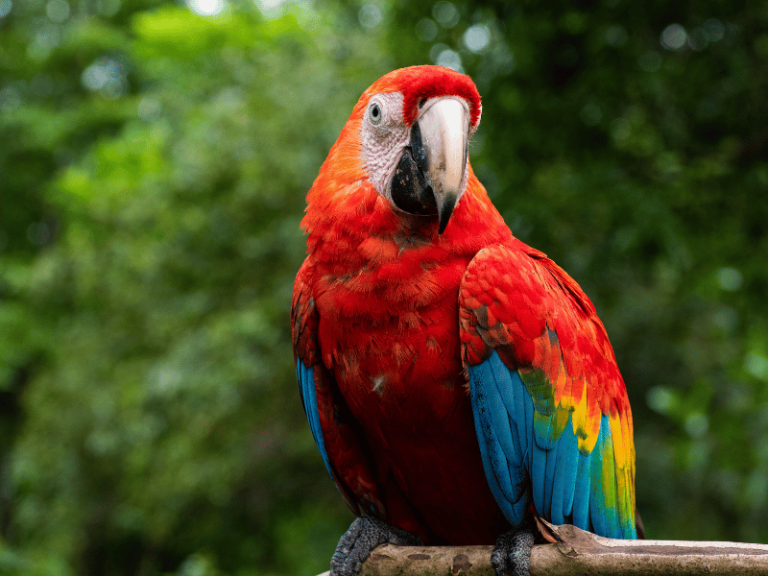In the bird room of the zoo, it’s always springtime. Birds of various colors sing and compete with each other.
Sometimes, you can occasionally hear voices like “What time is it?”, “Hello!”, “Have you eaten?”, “Goodbye” and others, which attract many spectators and win rounds of applause. These are the clever parrots and mynahs “talking”.
Can parrots and mynahs really consciously speak meaningful words like humans? No, they cannot. They do not have language and cannot speak on their own. Sometimes, their ability to “speak” simple words is taught by humans. It’s a form of imitation and is mostly observed in domesticated settings; it’s rare in the wild.
Language is a product of social development at a certain stage and is unique to humans. Besides vocal cords for pronunciation, it requires the coordination of the throat, tongue, teeth, and lips to effectively express thoughts. While some birds can “speak” simple words, they merely repeat a sequence of syllables taught to them, using their slender, soft, and fleshy tongues. We have never heard them speak complex sentences. Due to frequent human interaction and meaningful training, their behavior evolves from simple unconditional reflexes to conditioned reflexes.
When humans repeatedly influence them with certain syllables, over time they learn to imitate, known as unconditional reflex. Afterwards, whenever they see people, they repeat the few simple syllables they have learned, known as conditioned reflex.
In the animal kingdom, almost only birds can mimic sounds among their species, other animals’ calls, and even artificial sounds. However, the ability to mimic human speech is limited to a few vocal bird species such as parrots, mynahs, and lyrebirds.
Some people perform minor surgeries on certain birds capable of mimicry before they learn to speak. This involves procedures like clipping the bone inside the tongue with scissors or other techniques, which reportedly helps them learn more complex words.

